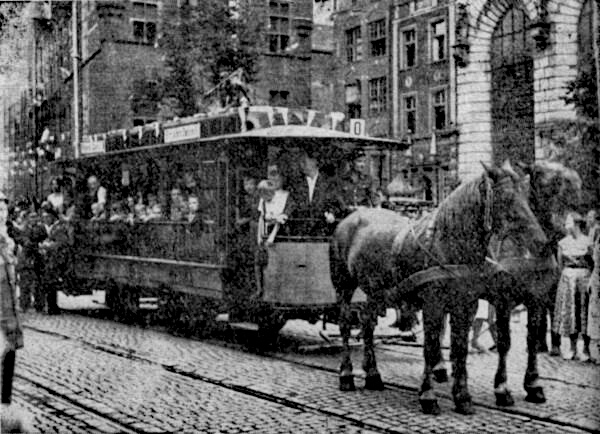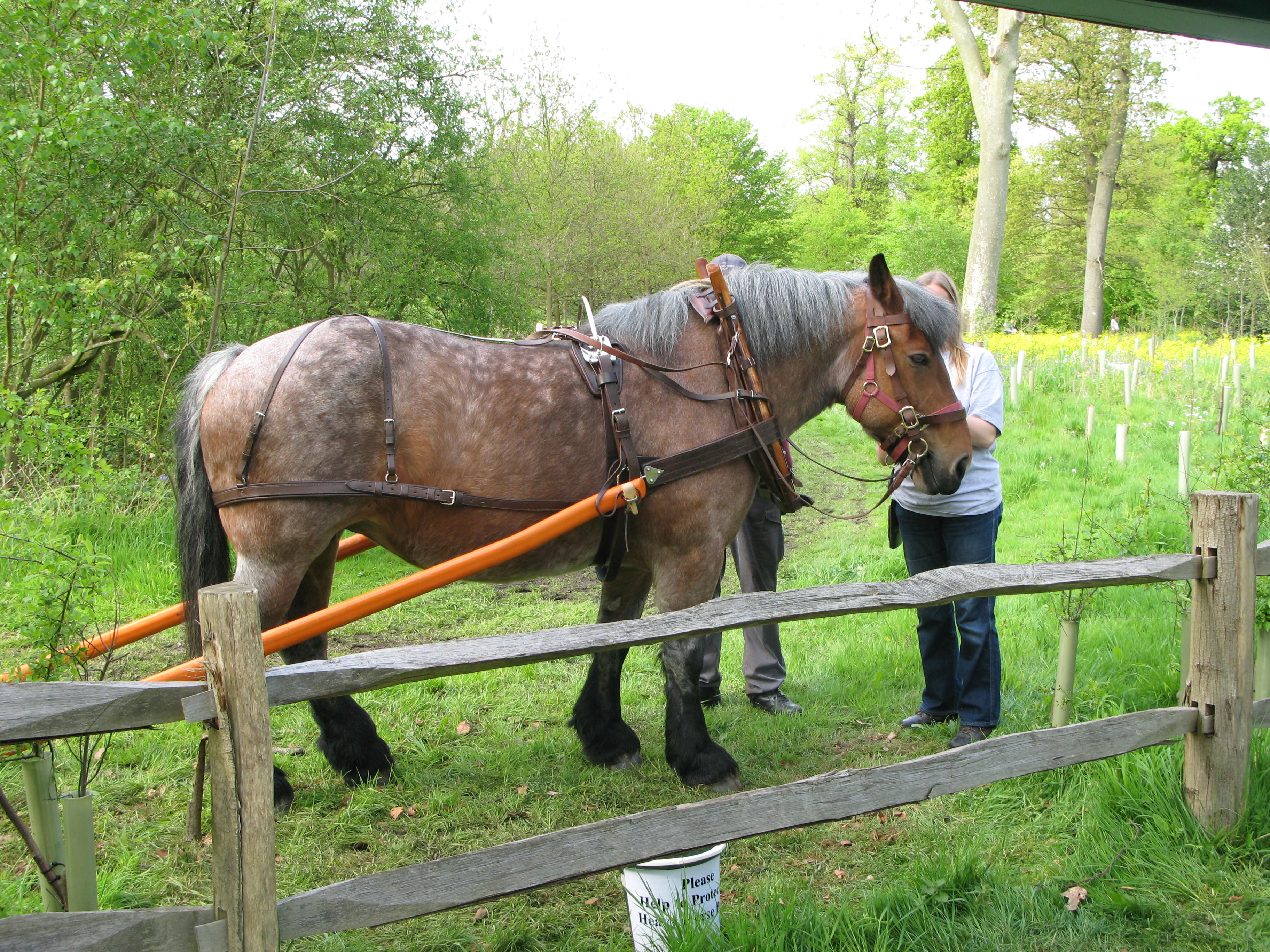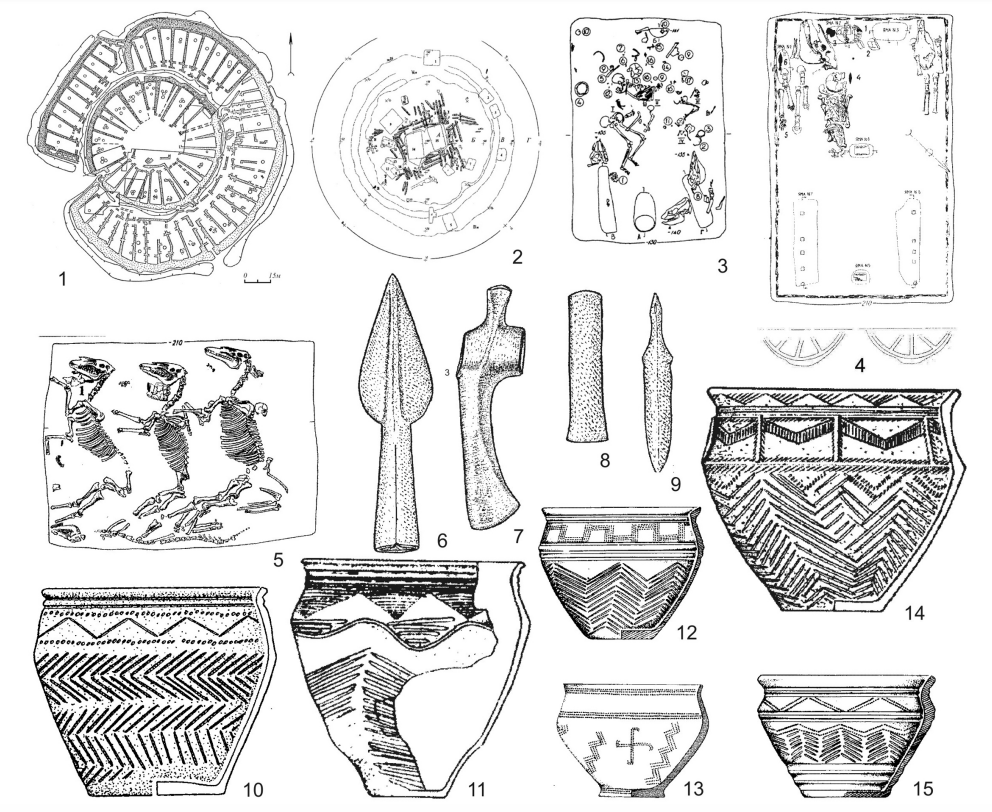|
Curricle
A curricle is a light two-wheeled carriage drawn by two horses abreast. Usually open with a falling hood, it seats two people, plus a Livery, liveried groom on a seat or small platform between the rear springs—whose weight might be required to properly balance the carriage. Curricles are harnessed with a pole between the horses, and have an iron crossbar (the curricle bar) which rests over the harness saddle and supports the weight of the pole. The lightweight "swept" body is hung from a pair of outsized swan-neck cee-springs at the rear, with a minimal dashboard and a pair of lamps in front. For park driving, such as in the Bois de Boulogne or along the seafront at Honfleur, two liveried mounted grooms might follow. The curricle originated in Italy and came to England in the early 1800s by way of France. The word ''curricle'' comes from , the name of the Chariot#Rome, Roman racing chariot. In Latin, the word means "running", "racecourse" or "chariot". The French adopted the ... [...More Info...] [...Related Items...] OR: [Wikipedia] [Google] [Baidu] |
Horse-drawn Vehicle
A horse-drawn vehicle is a piece of equipment pulled by one or more horses. These vehicles typically have two or four wheels and were used to carry passengers or a load. They were once common worldwide, but they have mostly been replaced by automobiles and other forms of self-propelled transport but are still in use today. General Horses were domesticated circa 2000 BCE. Before that oxen were used. Historically, a wide variety of arrangements of horses and vehicles have been used, from chariot racing, which involved a small vehicle and four horses abreast, to horsecars or trollies, which used two horses to pull a car that was used in cities before electric trams were developed. A two-wheeled horse-drawn vehicle is a cart (see various types below, both for carrying people and for goods). Four-wheeled vehicles have many names – one for heavy loads is most commonly called a wagon. Very light carts and wagons can also be pulled by Donkey, donkeys (much smaller than horses), pony ... [...More Info...] [...Related Items...] OR: [Wikipedia] [Google] [Baidu] |
John Cordrey - A Gentleman With His Pair Of Bays Harnessed To A Curricle - Google Art Project
John is a common English name and surname: * John (given name) * John (surname) John may also refer to: New Testament Works * Gospel of John, a title often shortened to John * First Epistle of John, often shortened to 1 John * Second Epistle of John, often shortened to 2 John * Third Epistle of John, often shortened to 3 John People * John the Baptist (died ), regarded as a prophet and the forerunner of Jesus Christ * John the Apostle (died ), one of the twelve apostles of Jesus Christ * John the Evangelist, assigned author of the Fourth Gospel, once identified with the Apostle * John of Patmos, also known as John the Divine or John the Revelator, the author of the Book of Revelation, once identified with the Apostle * John the Presbyter, a figure either identified with or distinguished from the Apostle, the Evangelist and John of Patmos Other people with the given name Religious figures * John, father of Andrew the Apostle and Saint Peter * Pope John (di ... [...More Info...] [...Related Items...] OR: [Wikipedia] [Google] [Baidu] |
Carriage
A carriage is a two- or four-wheeled horse-drawn vehicle for passengers. In Europe they were a common mode of transport for the wealthy during the Roman Empire, and then again from around 1600 until they were replaced by the motor car around 1900. They were generally owned by the rich, but second-hand private carriages became common public transport, the equivalent of modern cars used as taxis. Carriage suspensions are by leather strapping or, on those made in recent centuries, steel springs. There are numerous names for different types. Two-wheeled carriages are usually owner-driven. Coaches are a special category within carriages. They are carriages with four corner posts and a fixed roof. Two-wheeled war chariots and transport vehicles such as four-wheeled wagons and two-wheeled carts were forerunners of carriages. In the 21st century, horse-drawn carriages are occasionally used for public parades by royalty and for traditional formal ceremonies. Simplified modern versio ... [...More Info...] [...Related Items...] OR: [Wikipedia] [Google] [Baidu] |
Livery
A livery is an identifying design, such as a uniform, ornament, symbol, or insignia that designates ownership or affiliation, often found on an individual or vehicle. Livery often includes elements of the heraldry relating to the individual or corporate body featured in the livery. Alternatively, some kind of a personal emblem or badge, or a distinctive colour, is featured. The word itself derives from the French language, French ''livrée'', meaning ''dispensed, handed over''. Most often it would indicate that the wearer of the livery was a servant, dependant, follower or friend of the owner of the livery, or, in the case of objects, that the object belonged to them. In the late medieval phenomenon of bastard feudalism, livery badges worn by the "retainers" of great lords, sometimes in effect private armies, became a great political concern in England. Etymology "In the ''Black Book'' of 1483, it was laid down that each person should receive '... for his Livery at night, h ... [...More Info...] [...Related Items...] OR: [Wikipedia] [Google] [Baidu] |
Harness Saddle
A harness saddle is an element of horse harness which supports the weight of shafts or poles attaching a vehicle to a horse. Like other types of saddle, it lies on the horse's back directly behind the withers, often has an internal supportive framework (referred to as a ''saddle tree'')'','' and usually is secured on either side by a girth passing beneath the horse. Unlike riding saddles, it is an integral part of the harness and is not used as stand-alone equipment. Manufacture The harness saddle usually has a supportive internal structure, often called a harness saddle tree that is to be custom fitted to an individual horse, and has fittings (buckles, rings, etc.) for attachment of other pieces of harness. The tree was traditionally made from a steel or iron plate but in modern times can also be made of flexible plastic. In the United States during the late 19th century, at the height of use of horse-drawn vehicles, a pre-fabricated tree and fittings could be ordered ... [...More Info...] [...Related Items...] OR: [Wikipedia] [Google] [Baidu] |
Dashboard
A dashboard (also called dash, instrument panel or IP, or fascia) is a control panel (engineering), control panel set within the central console of a vehicle, boat, or cockpit of an aircraft or spacecraft. Usually located directly ahead of the driver (or pilot), it displays instrumentation and controls for the vehicle's operation.; citing ''Annual Report of the Commissioner of Patents, 1846'', 81, in United States Congressional Serial Set (29th Congress, 2nd Session: House of Representatives Executive Document 52), III. An electronic equivalent may be called an electronic instrument cluster, digital instrument panel, digital dash, digital speedometer or digital instrument cluster''.'' By analogy, a succinct display of various types of related Data and information visualization, visual data in one place is also called a dashboard. Etymology Originally, the word ''dashboard'' applied to a barrier of wood or leather fixed at the front of a horse-drawn Carriage#Body, carriage or s ... [...More Info...] [...Related Items...] OR: [Wikipedia] [Google] [Baidu] |
Bois De Boulogne
The Bois de Boulogne (, "Boulogne woodland") is a large public park that is the western half of the 16th arrondissement of Paris, near the suburb of Boulogne-Billancourt and Neuilly-sur-Seine. The land was ceded to the city of Paris by the Emperor Napoleon III to be turned into a public park in 1852. It is the second-largest park in Paris, slightly smaller than the Bois de Vincennes on the eastern side of the city. It covers an area of 845 hectares (2088 acres), which is about two and a half times the area of Central Park in New York, slightly larger than Phoenix Park in Dublin, and slightly smaller than Richmond Park in London. Within the boundaries of the Bois de Boulogne are an English landscape garden with several lakes and a cascade; two smaller botanical and landscape gardens, the Château de Bagatelle and the Pré-Catelan; a zoo and amusement park in the Jardin d'Acclimatation; GoodPlanet Foundation's Domaine de Longchamp dedicated to ecology and humanism, the J ... [...More Info...] [...Related Items...] OR: [Wikipedia] [Google] [Baidu] |
Honfleur
Honfleur () is a commune in the Calvados department in northwestern France. It is located on the southern bank of the estuary of the Seine across from Le Havre and very close to the exit of the Pont de Normandie. The people that inhabit Honfleur are called ''Honfleurais.'' It is especially known for its old port, characterized by its houses with slate-covered frontages, painted frequently by artists. There have been many notable artists, including Gustave Courbet, Eugène Boudin, Claude Monet and Johan Jongkind. They all met at La Ferme Saint Siméon, which is now a five-star hotel, and created the "Saint Siméon gathering", contributing to the appearance of the Impressionist movement. The Sainte-Catherine church, which has a bell tower separate from the principal building, is the largest wooden church in France. History The first written record of Honfleur is a reference by Richard III, Duke of Normandy, in 1025. By the middle of the 12th century, the city represen ... [...More Info...] [...Related Items...] OR: [Wikipedia] [Google] [Baidu] |
Chariot
A chariot is a type of vehicle similar to a cart, driven by a charioteer, usually using horses to provide rapid Propulsion, motive power. The oldest known chariots have been found in burials of the Sintashta culture in modern-day Chelyabinsk Oblast, Russia, dated to c. 1950–1880 BC and are depicted on cylinder seals from Central Anatolia Region, Central Anatolia in Kültepe dated to c. 1900 BC. The critical invention that allowed the construction of light, horse-drawn chariots was the spoked wheel. The chariot was a fast, light, open, two-wheeled conveyance drawn by two or more Equidae, equids (usually horses) that were hitched side by side, and was little more than a floor with a waist-high guard at the front and sides. It was initially used for ancient warfare during the Bronze Age, Bronze and Iron Age, Iron Ages, but after its military capabilities had been superseded by Light cavalry, light and Heavy cavalry, heavy cavalries, chariots continued to be used for travel and t ... [...More Info...] [...Related Items...] OR: [Wikipedia] [Google] [Baidu] |
Phaeton (carriage)
A phaeton (also phaéton) is a form of sporty open carriage popular in the late eighteenth and early nineteenth century. Drawn by one or two horses, a phaeton typically features a minimal very lightly sprung body atop four extravagantly large wheels. With open seating, it is both fast and dangerous, giving rise to its name, drawn from the mythical Phaethon, Phaëthon, son of Helios, who nearly set the Earth on fire while attempting to drive the chariot of the Sun. With the advent of the automobile, the term was adopted to refer to open touring cars, which were in consequence referred to as Phaeton body, phaeton-bodied. Types The most impressive but dangerous phaeton is the four-wheeled 'high-flyer', the body of which consists of a light seat perched above two sets of springs. It was from one of these that the rising poet Thomas Warwick was thrown to his death near the fashionable town of Bath, Somerset, Bath during the 1780s. The heavier mail phaeton, used chiefly to carry ... [...More Info...] [...Related Items...] OR: [Wikipedia] [Google] [Baidu] |
Cabriolet (carriage)
A cabriolet (alternatively cabriole) is a light horse-drawn vehicle, with two wheels and a single horse. The carriage has a folding hood that can cover its two occupants, one of whom is the driver. It has a large rigid apron, upward-curving shafts, and usually a rear platform between the C springs for a Groom (profession), groom. The design was developed in France in the eighteenth century and quickly replaced the heavier hackney carriage as the vehicle for hire of choice in Paris and London. Etymology The word ''cabriolet'' is derived from the French version of the Italian ''capriolo'' meaning a Goat, young goat, due to the swaying motion of the vehicle at speed suggestive of the skipping and capering of a kid. The ''cab'' of taxicab, taxi-cab or "hansom cab" is a shortening of ''cabriolet''. One who drives a horse-drawn cab for hire is a ''cabdriver''. History Imported from France to England in the 1790s, the cabriolet was originally a two-seater driven by its owner, ... [...More Info...] [...Related Items...] OR: [Wikipedia] [Google] [Baidu] |





